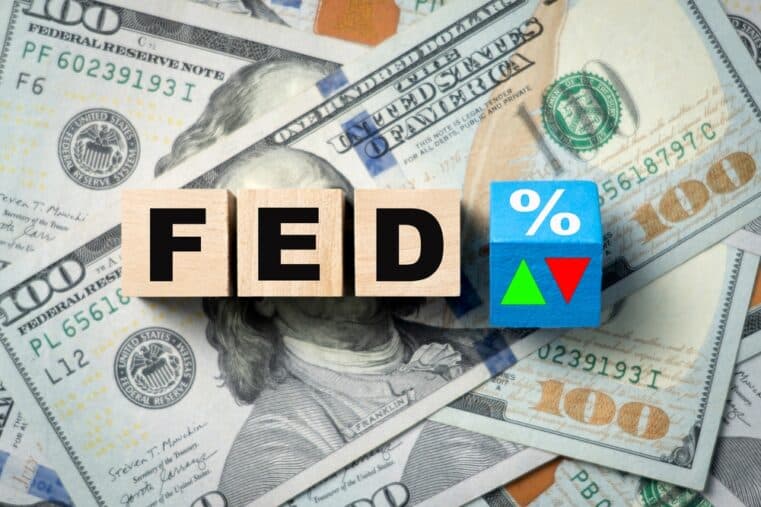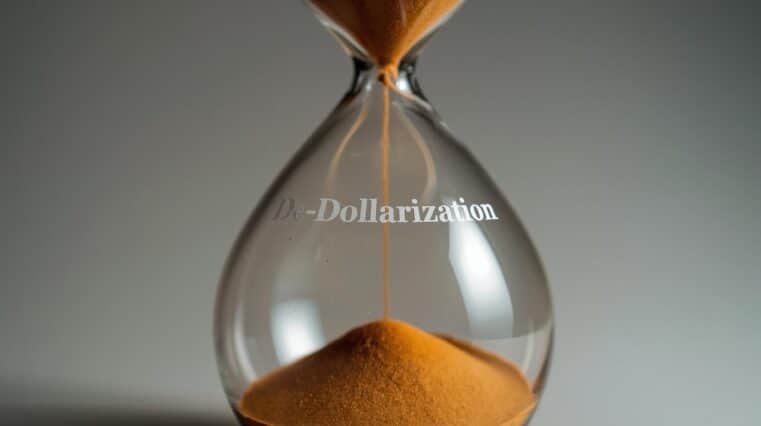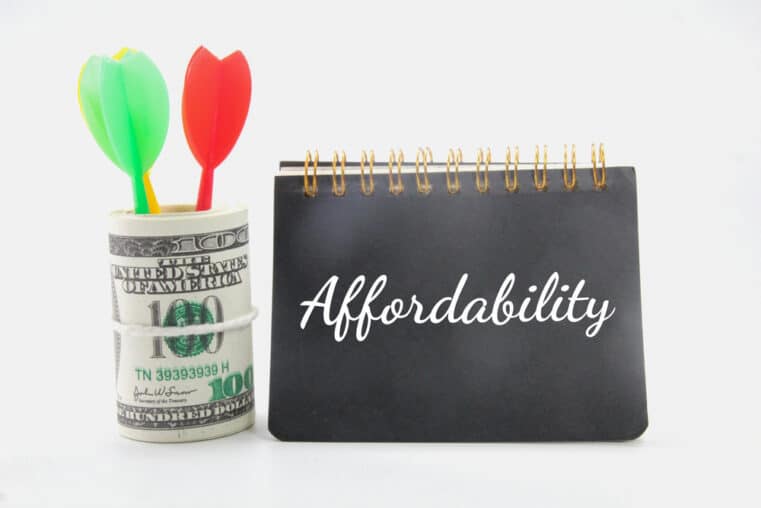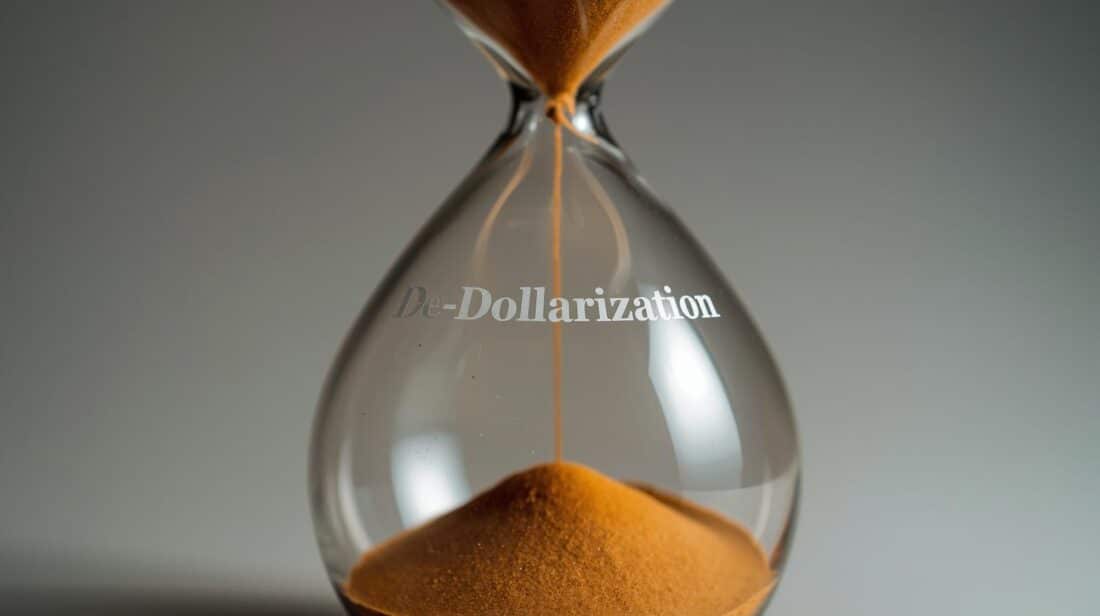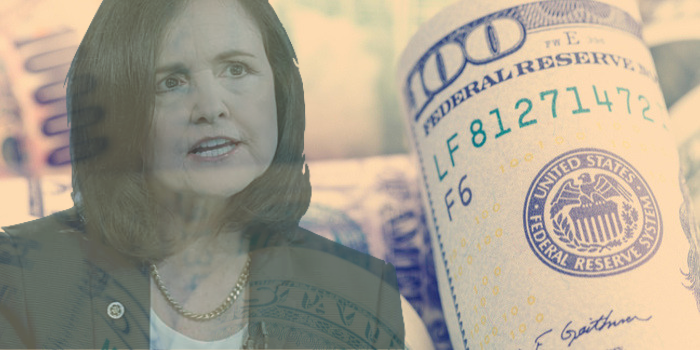
The Battle for Sound Money (Judy Shelton vs the Federal Reserve)
If you were to form an opinion on the idea of “sound money” in relation to central bank policy, you’d probably think that the two terms--“sound money” and “Federal Reserve”--don’t mix and match. Rightly so.
Sound money is based on the idea that the intrinsic value of money stems partly from its scarcity. Monetary policy, on the other hand, is predicated on the practice of manipulating money’s relative scarcity (making it more or less scarce at times).
In short, sound money is based on the notion of a fixed supply, while monetary policy is based on the notion that the supply can be “fixed.” As you can see, the two approaches can’t be reconciled.
But one can infect the other, as monetary principles have infected sound money with its artificial values--i.e. gold and silver converted into “paper” derivatives.
This time it’s the other way around.
President Trump has nominated Judy Shelton for a spot on the Federal Reserve Board of Governors, the group responsible for setting monetary policy.
Yet unlike most Fed governors, Judy Shelton is an outspoken proponent of sound money. A seemingly niche term nowadays, sound money was the norm prior to President Nixon’s abolishment of the gold standard in 1971.
Unlike most of her soon-to-be peers at the Federal Reserve, Shelton sees the gold standard as a way to “fix”--literally, as in value and figuratively, as in a cure--the US dollar.
Looking back through history, wherein the dollar once had a fixed value of $20.67 per ounce of gold, the dollar has been drastically devalued in relation to the yellow metal, with the latter hovering above the $1,400 level.
The idea of the gold standard as a controversial proposal might not seem all that strange unless you consider that it’s lengthy history--nearly 200 years!--before its end in 1971. Remember, the idea of a non-backed fiat currency was a serious matter of debate when the US Constitution was still being written.
Our nation’s Founding Fathers rejected the idea, choosing instead--as stated in Article I Section 10 of the Constitution--to make the dollar’s backing (with gold and silver) an absolute requirement. And the country had followed this policy over the next 180 years or so, until Nixon.
So, if you think about it, the idea of a gold standard being a controversial one, especially among the Fed, is actually quite strange, as it rejects fundamental “sound money” principles with which the country has been operating for around two centuries.
Sure, the Fed has a number of “smart” academics and PhD’s dictating monetary policy, but the true value of their sophisticated mathematical models finds its harshest testing ground in time and real-world consequences.
In contrast to the theoretical models that have infected monetary policy, “sound money” is based on a much simpler and “negative” principle--as it’s much easier to define something by what it’s not, or what it shouldn’t do, than what it is or can do, the consequences of which can multiply burden and risk through unnecessary complexity.
Sound money is based on the idea that money’s value ought to be “stable.” This means that it should be as free as possible from human intervention (which is what central banks specialize in).
Money used to be linked to gold. Now currencies across the globe link to major international currencies thinking that such a linkage might help establish monetary stability.
But that stability is only as strong as the currency to which it is linked. And if a major currency to which a weaker currency is linked becomes subject to central bank manipulation, then it’s hard to find anything stable or reliable about it.
Gold and silver would do a better job, simply because you can’t fabricate the supply of gold and silver supply (you have to mine it...not the same as turning on the printing press).
Physical gold and silver provide accurate and transparent information on supply and demand. As both over- and under-supply conditions have a direct impact on prices, its inability to be artificially inflated or deflated allows you to get a transparent picture of its supply conditions, making gold and silver a fair and reliable measure of value.
In contrast, monetary manipulation obfuscates markets, filling the perception of value with noise, making money, by virtue of its obscurity in value, less reliable.
You may not be familiar with the school of Austrian Economics, to which the notion of “free markets” serves as its foundation. One of its founders, Ludwig Von Mises, has this to say about the importance of gold in guiding monetary policy:
“The most fanatical attacks upon gold are made by those intent upon credit expansion. With them credit expansion is the panacea for all economic ills. It could lower or even entirely abolish interest rates, raise wages and prices for the benefit of all except the parasitic capitalists and the exploiting employers, free the state from the necessity of balancing its budget -- in short, make all decent people prosperous and happy. Only the gold standard, that devilish contrivance of the wicked and stupid ‘orthodox’ economists, prevents mankind from attaining everlasting prosperity.”
Sound money runs counter to the Democratic Socialist’s utopian dream of “everlasting prosperity.” Free market capitalism is about achieving prosperity through competition, which entails relative (and sometimes temporary) inequality. Financial utopias exist only in theory, but not in reality.
A gold standard is reality-based, as it prevents artificial money manipulation. And by preventing manipulation, it allows for economic transparency and fair markets.
Judy Shelton understands the fundamental notion that money’s value should be determined by markets and not by a handful of PhDs. The Federal Reserve will likely resist the principles she aims to advance. And this makes her one of the few economists willing to fight to bring money back to the markets and out of the manipulative hands of a few misguided elites.



